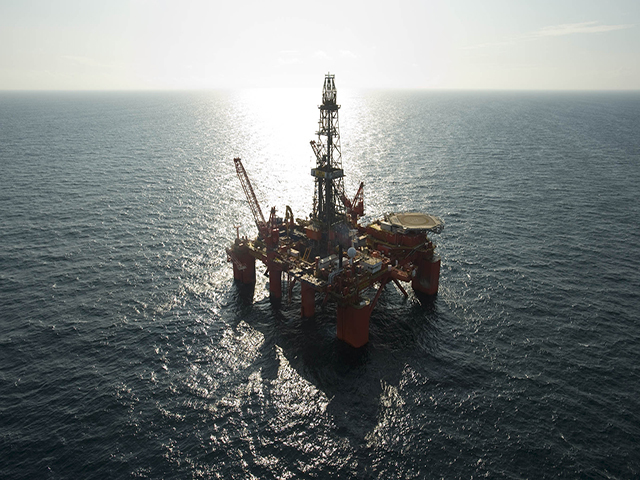
Professor Ursula Witte discusses the University of Aberdeen’s research into oil-eating bacteria that could help clean up oil spills in North Sea waters.
Drilling for oil in deep water has been ongoing for quite some time, but the Gulf of Mexico oil spill alerted society to the very real dangers of a major oil spill in the deep-sea – a fascinating but remote environment we still know very little about.
On the UK Continental Shelf, deepwater drilling occurs West of Shetland, in the Faroe Shetland Channel, and the Gulf spill raised the question, “what if something similar happened in Scottish waters?” and “what could we do if a spill occurred?”.
Previously, there wasn’t an abundance of scientific information about the environmental impact of deepwater oil spills, and as such the scientific community has done its best to learn what it can from Deepwater Horizon.
In that instance, hydrocarbon degrading bacteria have probably played an important role in breaking down the oil.
However, the warm waters of the Gulf of Mexico with its naturally high hydrocarbon concentrations are far different from the Faroe-Shetland channel, where water temperatures can be as low as nearly -1C and biological activity is much slower.
There is no baseline data for bacterial breakdown of oil hydrocarbons in Faroe-Shetland waters. Are these bacteria there? If they are, how much oil could they break down and over how long?
These are the questions that my colleagues and I at the University of Aberdeen’s Oceanlab facility are attempting to answer in a number of new research projects, mostly supported by Natural Environment Research Council funding.
We have samples from the deeps of the Faroe-Shetland Channel, sediment which we’ve brought back to the lab and incubated with different oils and components to investigate whether the oil is broken down, and if so, how quickly.
This information will be used to improve the models that would be used in the event of an oil spill to predict the spread of oil plumes and slicks, and aid decisions on response and remediation measures.
In a second step we use molecular sequencing techniques to find out which oil-eating bacteria there are – and whether we can use them to our advantage.
We hope to identify biomarkers that are involved in oil degradation in these waters and test whether these, through screening environmental samples for any increase or decrease in these biomarkers, could be used as a monitoring tool for oil pollution. This could be of great interest to the oil and gas industry.
In addition to this work, we are also testing the impact of dispersants on the local communities of oil degraders – which will be important in determining whether or not dispersants should be used in case of a spill.
Dispersants are released in order to make the droplets so small that big slicks break up and are also meant to increase bacterial breakdown of oil, because of the higher surface area of the smaller droplets, but this issue is highly contested.